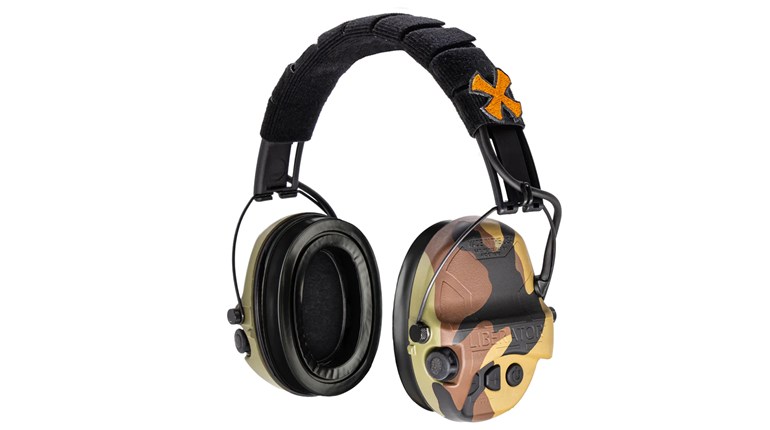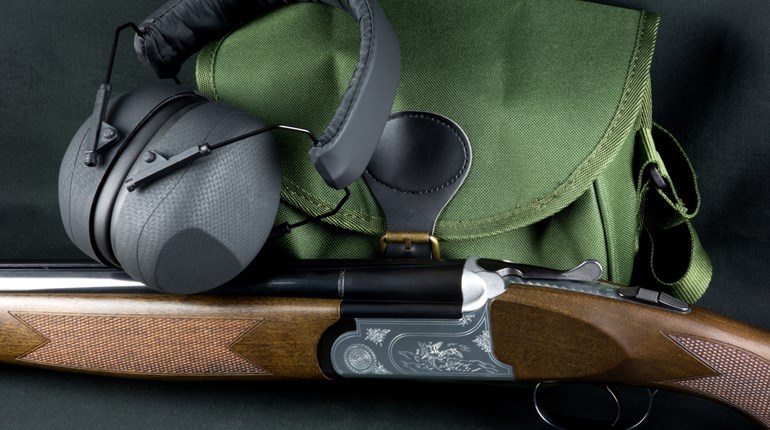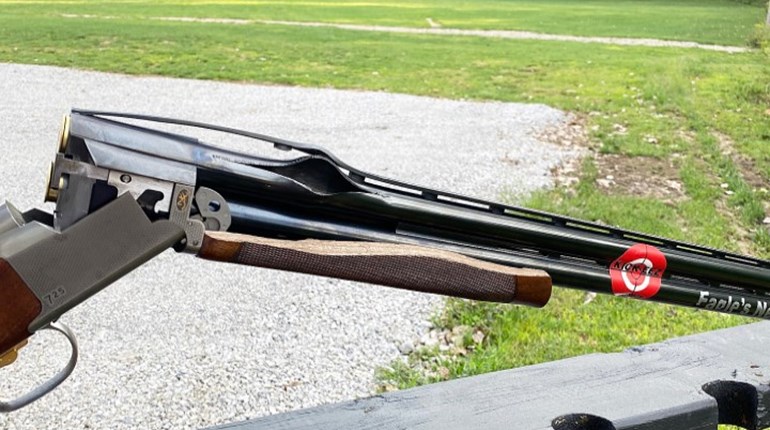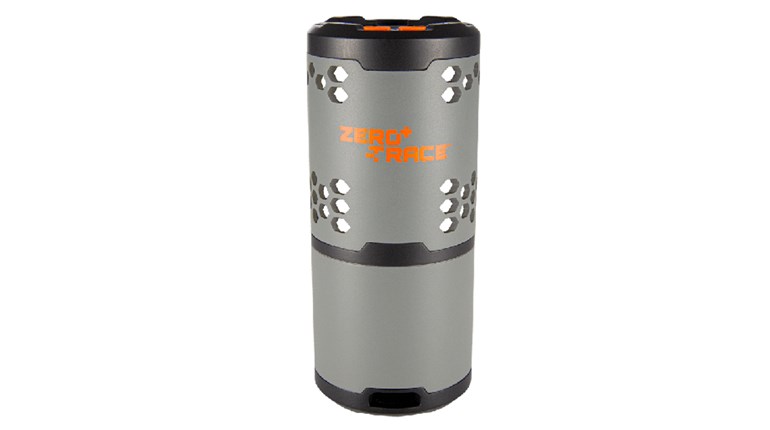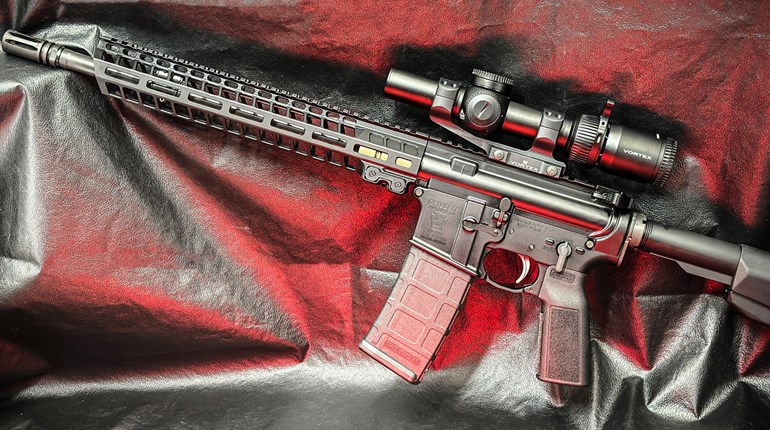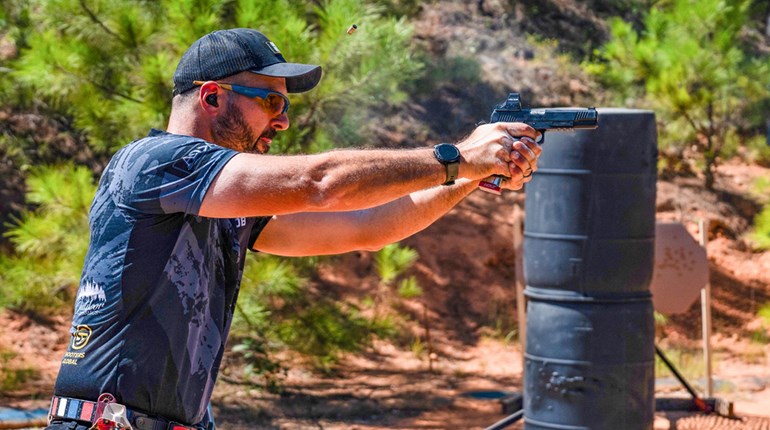
“Electronic hearing protection works on ‘clipping’ the top of the loud sounds to make them less damaging,” explained Weston Harris, founder and CEO of AXIL Hearing Performance, who speaks with authority on the subject. His company has produced cutting-edge models for the past 26 years and, along the way, he’s launched his own chain of hearing clinics fully staffed by audiologists, established others for pharmaceutical companies and developed more than 50 hearing-aid systems.
“Digital technology ‘filters’ or ‘compresses’ loud sounds by actually converting physical sound waves entering your ears into digital code, which can then be changed to an entirely different sound via the program that has been programmed into the digital circuitry,” he explained when pressed on the subject.
Circuitry employed by the battery-operated units isn’t necessarily created equal, either, according Will Hemeyer, Sr., product manager for Champion Range & Targets. “There are two main types of technology that are being used,” he explained. “You have clipping that will cut off all electronic sound, which is typically found on the lower-end electronic hearing protection. Then you have compression technology that will compress any sound over a certain level, so the lower dB [decibel] sound still comes through. Compression technology is typically found on the higher-quality products.”
Josh Lanz at Traditions Media—marketing agency for Howard Leight Shooting Sports—whose passion for educating enthusiasts about hearing protection shows. “Electronic hearing protection combines passive sound attenuation—either over-the-ear muff or an in-ear plug—with analog or digital circuitry to compress or ‘shave the peaks’ off dangerous sounds above a certain level,” he explained. “These models employ external microphones, internal speakers and a gain adjustment, allowing the user to hear surrounding sounds at normal or even louder-than-normal levels.
When a dangerously loud sound (more than 82 dB for Howard Leight electronic earmuffs) is detected, the circuitry cuts off the amplification to the speakers inside the earcups until the noise returns to a safe level.” During that lull in electronically manipulated sound, noise (range commands) still pass through the passive protection at reduced levels.
The electronic wizardry seems straightforward, but the fact sound varies in frequency can muddy transmission in cheaper units. Dr. Bill Dickinson, CEO and co-founder of TETRA Hearing said, “The more channels or bands of sound processing, the better a circuit can target desirable sounds and separate them from undesirable sounds. It is best to think of this in terms of music. You can have a single singer with no instruments and you turn the words up or down in volume since it is just the words. Add in a guitar and now you have to balance between the guitar and the singer, or one will drown out the other. More input requires more balancing of each input, so that everything is balanced. All of this balancing is done with multiple channels or bands to manage the different sounds.”
The wizardry makes it obvious quality units are a healthy and wise investment, but what about rifle shooters frustrated with cheek welds compromised by earmuffs? Today, there are two solutions: Earcup designs have evolved to allow slim profiles that do not impact cheekweld for precision-rifle shooters. Additionally, in-the-ear models completely close the ear canal and offer protection while allowing access.
Harris explained, “The absolute best and most critical hearing protection is to seal the ear canal off. Properly fit in-ear protection is the best there is, then if you have extreme situations, i.e. large calibers, indoor shooting ranges, etc., and you have sensitive hearing, then doubling up with earmuffs gives added, excellent protection.”










